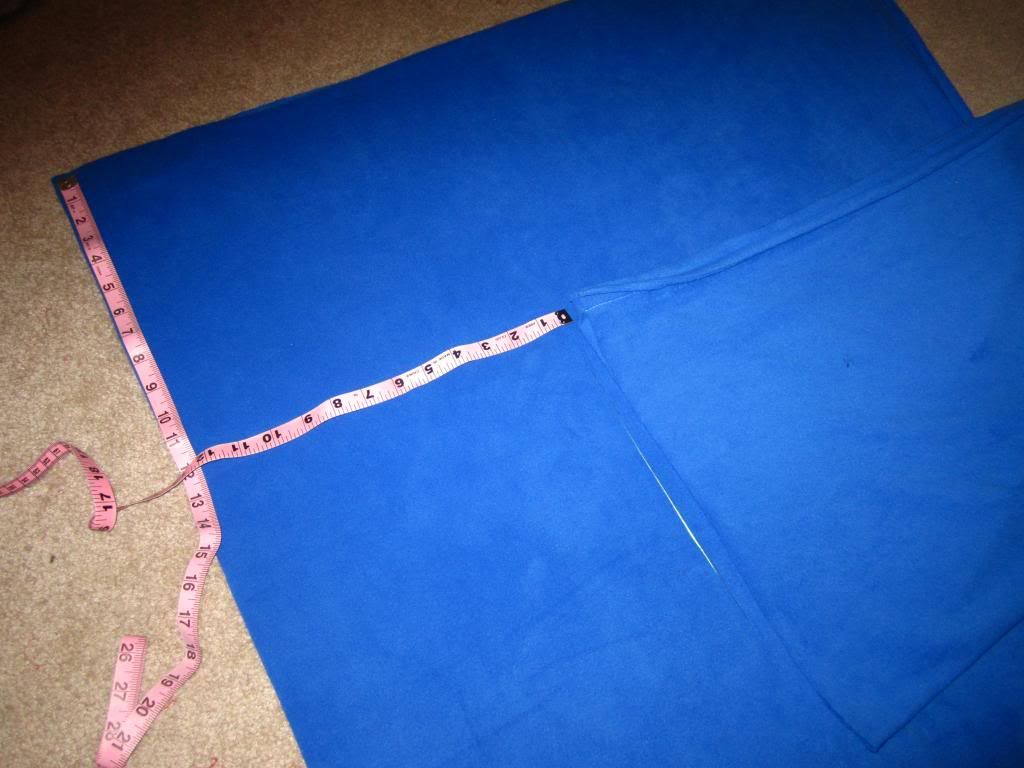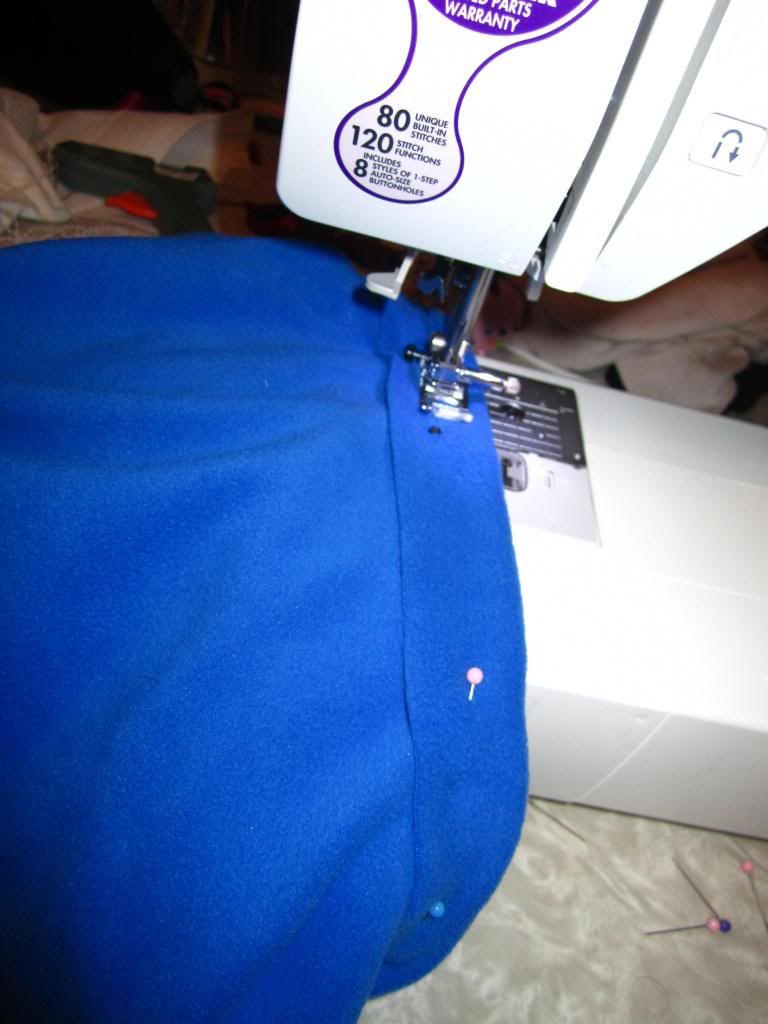
picture source
I read
this article recently, about the 10 things that bosses steal from third grade teachers. While it disintegrates pretty quickly (one minute they're talking about positive reinforcements; the next they're talking about silly ties), the article does point out the fact that there is a lot of overlap between
classroom management and
office management. Below are the 5
realistic things bosses should be doing that teachers already do.
1. "I need you to" versus "You need to."
Kids are sensitive. Tell a child they need to do something and they'll find a way to contradict it.
They don't need to do anything. But semantics is a beautiful thing. Tell them that you need them to do something, and the likelihood that they'll do it usually increases. The same with adults: there is nothing more off-putting than people telling you that "you need" to do something. Tell an employee, "YOU NEED TO DO THIS," and they'll be thinking, "No, what I NEED to do is find a new job."
It really can be as simple as, "I need you to..." Because, at the end of the day, that's the reality of the situation: they don't need to estimate a project's budget -- but you, in fact, need an estimated budget for the project.
2. Model the behavior you want.
You can't expect your students to gently put toys away, stay in their seat, say only nice things, etc, if you are tossing books onto the shelves, constantly fidgeting, and gossiping with the other teachers. The same goes for employees. Back in the day, I used to have a boss who would sit in her office and play on her phone. All day. Just her, in her office, cell phone "hidden" under her desk, checking Facebook. She'd then have the audacity to turn to her employees and expect the world of them, wanting to hear no excuses as to why a certain task couldn't get accomplished. A lot of us (myself included) resented that she wanted us to put in 110% while she put in the minimal effort. As a result, our productivity began to mirror that of our boss's, which was the minimal acceptable amount.
If you want your employees to work hard: work hard. If you want your employees to respect each other: respect them, as well as your own colleagues. The world does not operate by, "Do as I say, not as I do."
3. Consistency is key for respect.
I can't stand it when teachers use empty threats to get children to follow the rules. The most common I hear are, "We'll leave you behind!" (when obviously they won't, since that would result in getting fired) and "I'm counting to three and then [consequence that pertains to the matter at hand] … one, two… two and a half … c'mon just do it!"
The only thing this does is teach the kids that your words carry no weight. This is the same for anyone in a leadership position. The best way to undermine your own authority is to say that a certain protocol is in effect, only to inconsistently carry it out. Promise one thing, but deliver another. Say that one thing will definitely not happen, only to have it happen anyway. All you are doing is proving that
your words have no weight, which will only result in employees who don't respect your authority.
4. Everyone needs a break.
A semi-recent study found that people are actually
more productive when they have more opportunities to have fun and take some time off. Kids start acting out if they're stuck all day at their desk or in circle time, constantly working and learning. Kids tend to be better behaved when they are given a chance to get out of the building, run around, play, and just in general take a break.
Likewise, employees lose their focus, their drive, their energy, when they feel like they are being driven into the ground without any break or opportunity for time off. There's a reason why some of the most successful and innovative companies in the world allow their employees to
take naps or get
unlimited vacation time.
5. Understand the Big Picture.
The most important -- and hardest -- thing to do as a teacher is to recognize that disruptive behavior is usually the result of external forces. A kid might be acting up because home life has been stressful, or because too much is happening at once and they have no real way to process all of the stimuli.
While, at the end of the day, everyone is accountable for their actions, regardless of the catalyst, it's important to remember that we're not cogs in a machine. We're all human, complex and emotional, and sometimes we need those in charge to recognize that. And while bosses can't exactly approach their employees in question and give them a hug the way teachers can, the ability to understand and act accordingly is vital.
--
So, there we go. Nothing about silly hats or whatever other nonsense the first article delved into. Just some actual similarities between being a proper boss/manager and being a preschool teacher.





















































